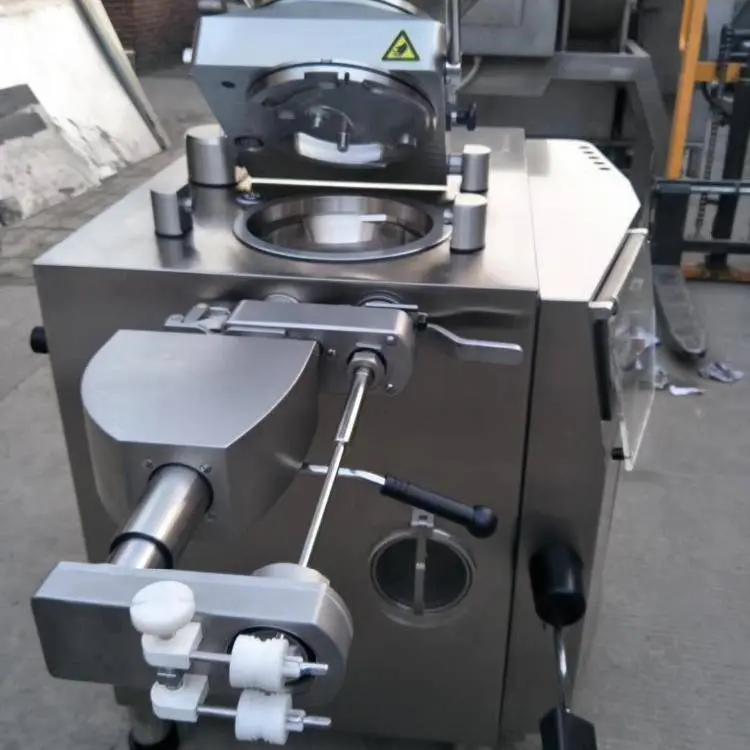
Aug . 15, 2024 14:33 Back to list
Innovative Solutions for Automated Knot Tying Machinery and Reliable Supplier Partnerships
The Evolution of Knot Tying Machines A Supplier's Perspective
In various industries, knot tying plays a crucial role in ensuring that items are securely bound, whether it be in packaging, fishing, or surgical applications. While manual knot tying has been the traditional method, advancements in technology have given rise to knot tying machines. These machines significantly enhance efficiency and consistency, making them indispensable tools for numerous businesses. As a supplier in this niche market, it is essential to understand the evolution, significance, and future of knot tying machines.
The Rise of Knot Tying Machines
Historically, knot tying was a labor-intensive task that required skill and precision. Over time, as the demand for faster production and increased efficiency grew, the need for automation became evident. Knot tying machines began to emerge in the late 20th century, revolutionizing the way knots were tied across different sectors.
Initially designed for the fishing industry, these machines showcased their versatility by being adapted for various applications, including packaging, agriculture, and even medical practices. The introduction of automated knot tying machines significantly reduced labor costs, minimized human error, and increased productivity. As suppliers, we recognized these developments and adapted our offerings to match industry needs.
Key Features and Innovations
Modern knot tying machines are equipped with sophisticated technology that allows for precision and customization. Many machines now come with programmable features, enabling users to adjust knot types, sizes, and tying sequences effortlessly. This adaptability makes them suitable for a wide range of applications, from tying fishing lines to securing packages in logistics.
In addition to standard features like speed and efficiency, innovation in materials and design is notable. Suppliers are now providing machines that can work with various materials—such as twine, wire, or synthetic fibers—making them more versatile. Moreover, advancements in robotics and artificial intelligence have enabled machines to perform complex knot tying operations that were previously unimaginable.
Benefits of Knot Tying Machines
knot tying machine supplier

For manufacturers and businesses, investing in knot tying machines offers numerous benefits. Firstly, it enhances productivity by dramatically reducing the time taken to tie knots compared to manual methods. This efficiency can translate into substantial cost savings in labor and operational expenses.
Secondly, automated knot tying significantly reduces the risk of inconsistent quality. Each knot produced is uniform, which is critical in applications where strength and reliability are paramount. This consistency not only improves product integrity but also builds trust with consumers.
Finally, automated systems can operate continuously, leading to higher throughput. In industries that require a high volume of production, this continuous operation can be a decisive factor in meeting market demands.
The Future of Knot Tying Technology
As we look toward the future, the knot tying machine industry is poised for further innovation. With trends leaning towards smarter manufacturing and Industry 4.0, we anticipate that knot tying machines will integrate more with Internet of Things (IoT) technologies. This could allow for real-time monitoring, predictive maintenance, and even remote operation by suppliers and manufacturers.
Sustainability is another critical consideration. As industries increasingly focus on environmentally friendly practices, suppliers are tasked with developing machines that are not only energy-efficient but also capable of working with eco-friendly materials.
Conclusion
In conclusion, the world of knot tying machines has evolved dramatically, providing invaluable tools for a variety of applications. As a supplier, understanding these advancements allows us to better serve our clients by offering innovative, efficient, and reliable solutions. The future holds exciting possibilities that will undoubtedly further enhance manufacturing processes, driving efficiency, quality, and sustainability in the years to come.
Latest news
-
[Product Name]-[Company Name]|[Core Function 1]&[Core Function 2]
NewsJul.13,2025
-
SmartFlow 3000 Series-Industrial Automation Solutions|AI Analytics&Energy Efficiency
NewsJul.13,2025
-
NextGen Equipment Series-IndustrialTech Solutions|Smart Automation&Real-Time Analytics
NewsJul.12,2025
-
Smart Irrigation System - Example Corp | Water Conservation, AI-Driven Efficiency
NewsJul.12,2025
-
Chicken breast meat slicer
NewsMar.07,2025
-
Meat Bowl cutter for LAB
NewsMar.07,2025